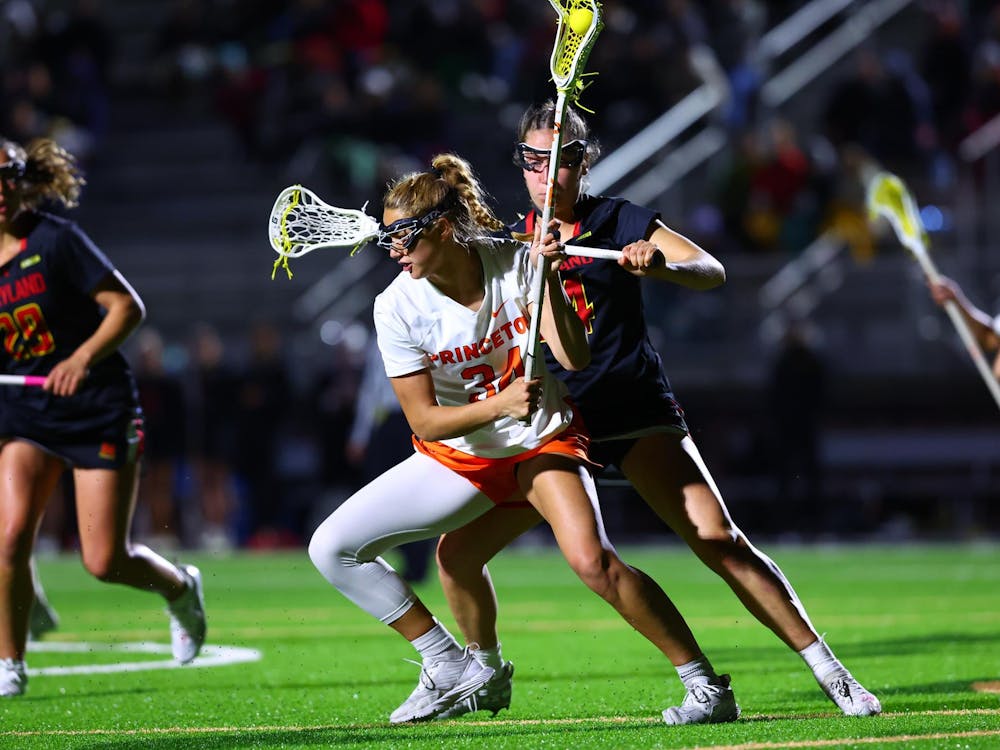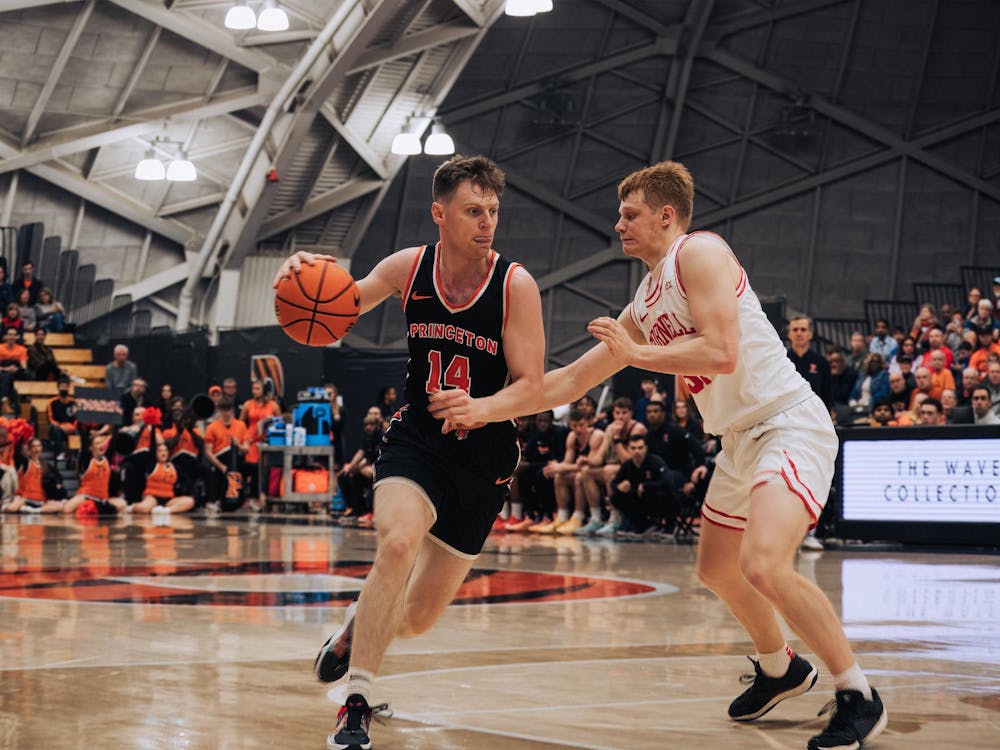Despite over a decade of practicing gymnastics, then-sophomore TJ Smith arrived on campus last year without any means to continue the sport. Men’s gymnastics had been a varsity sport throughout the 1900s, with a women’s team formed in 1974, but both teams were eventually defunded. Currently, Yale, Cornell, Brown and the University of Pennsylvania are the only Ivy League schools with gymnastics teams.
Hence, last year, Smith and then-sophomore Leah Wallace initiated efforts to revive gymnastics as a co-ed club sport, but without a detailed budget or prospect for funding, plans quickly fell apart.
This year, with the help of sophomores Paulita Lara Mejia and Matthew Allen, Smith and Wallace successfully obtained recognition through the Office of the Dean of Undergraduate Students. The Daily Princetonian interviewed Smith to better understand the club’s history and vision:
Daily Princetonian: Could you give a brief overview of the history of gymnastics at Princeton? Why does Princeton no longer have a program?
TJ Smith: Princeton did used to have an NCAA gymnastics team. The general trend in men’s gymnastics has been away from NCAA. This started with Title IX since gymnastics is an expensive sport and universities were reluctant to drop funding for other sports.
Currently, in men’s gymnastics I believe there are only around 20 NCAA teams. Even Olympic-level gymnasts are coming from club programs.
DP: Can you describe the financial hurdles that have faced the current gymnastics club?
TS: Originally, the two people were myself and Leah Wallace. We were attempting to start the team as a club sport through the club sports department. The reason that never really gained momentum was because you need to file a detailed budget.
This semester, we decided to start it as an [Office of the Dean of Undergraduates] club without a formal budget so that we can send out fundraising letters. Now that we have been accepted as a club, we will probably immediately start asking alumni for donations and see how much money we can raise.
DP: How strong is interest for gymnastics on campus?
TS: We have roughly 20-30 people on our interest list. Since we have not held any practices the precise number is unsure.

Of the people who have competed at a high level, we have about 10 people that are interested. A high level is defined to be the equivalent of high school varsity. About five people with intermediate experience and 15 of little or none. I was expecting people with previous experience to be interested.
DP: Without facilities how does the club plan to practice?
TS: Again this is somewhat uncertain, now that we are an ODUS club we should be able to reserve space in the Martial Arts Room [in Dillon Gymnasium]. What that would hopefully allow us to do is hold practices for strength conditioning, which does not need equipment. We can begin basic, student-run skills training – starting teaching handstands, rolls and back flips.
In the long term, we would hope to use an off-campus gym. They would provide coaches and we would practice there. Ideally we would even be able to form our own meet.
DP: How does the proposed Princeton gymnastics club compare with the programs already in place at Yale, Brown, Penn and Cornell?
TS: We have modeled our gymnastics club most similarly to that of Yale, which began two years ago with a similarly small budget. Ideally, as soon as we can start practices off campus, we would put together a team of gymnasts ready to compete. The National Association of Collegiate Gymnastic Coaches is the main body that organizes competitions and sets the rules for club gymnastics. We do hope to compete against Ivy League schools.








